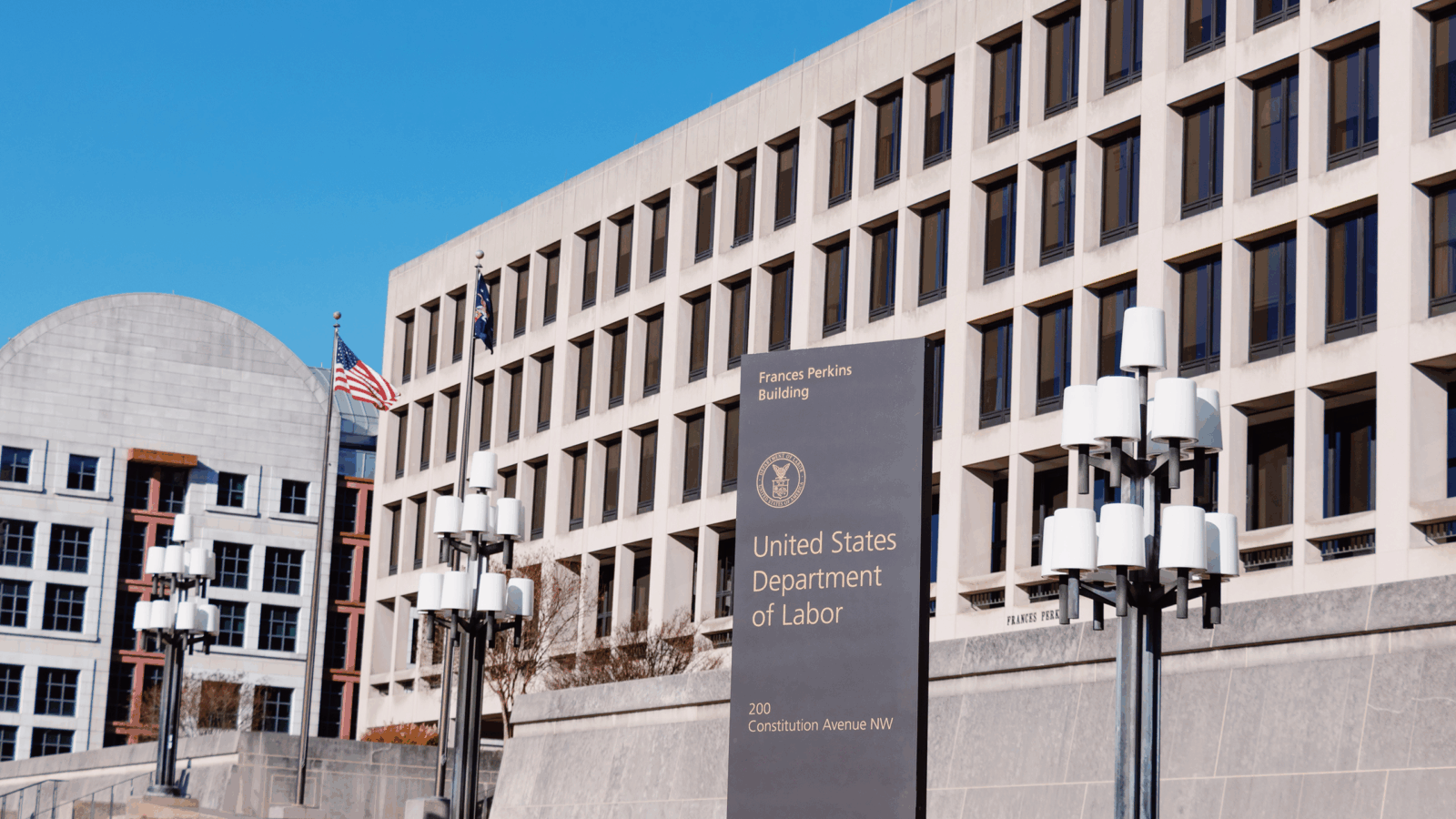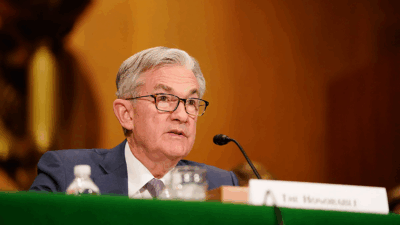
Sign up for smart news, insights, and analysis on the biggest financial stories of the day.
So much for “quiet quitting.” The dog days of summer have turned into a greyhound race.
In the three months ended June 30, US worker productivity on a per-hour basis rose at a 3.7% annual rate, according to the US Department of Labor.
Working Hard or Hardly Working
Consider the latest labor data just the next step in the inflation-wages-productivity dance. In June, private sector hourly wages grew 4% year-over-year, compared to just a 3% jump in consumer prices — marking the first time in two years that wage growth outpaced prices. But that wage boost has now effectively been largely offset by the boost in productivity. That’s good for employers and tempers wageflation’s impact on overall inflation. And that, we hope, is taken as good news by Jerome Powell and his Fed’s fight to bring the inflation rate down to 2%.
The data comes just ahead of another jobs report on Friday, in which most economists expect some 200,000 jobs to have been created in July, with the historically low 3.6% unemployment rate to hold steady. Perhaps more notably, last quarter’s rise in productivity brings an end to a sour streak of declining productivity:
- Worker productivity had declined by 1.2% year-over-year in the first quarter of 2023, which had marked the fifth straight quarter of slumping output.
- The uptick in productivity, which outpaced the 2% rate most economists expected, may likely dovetail with the unexpected acceleration in 2Q GDP.
One factor likely contributing to the downturn in productivity in prior recent quarters, Reuters hypothesized, was the business practice of worker hoarding — or employers holding on to more workers than necessary, likely due to a fear of having to hire again in a slightly less tight labor market.
Remote Control: The productivity uptick also may be linked to overall employee happiness. As the old logic goes, happy workers are productive workers. In May, The Conference Board reported a jump in worker satisfaction from 2021 to 2022, reaching the highest point since the survey began in 1987. Meanwhile, employees are taking more vacation time this summer than in the prior two years, according to data from HR technology firm Gusto. What more evidence do you need? Take that Summer Friday off!











